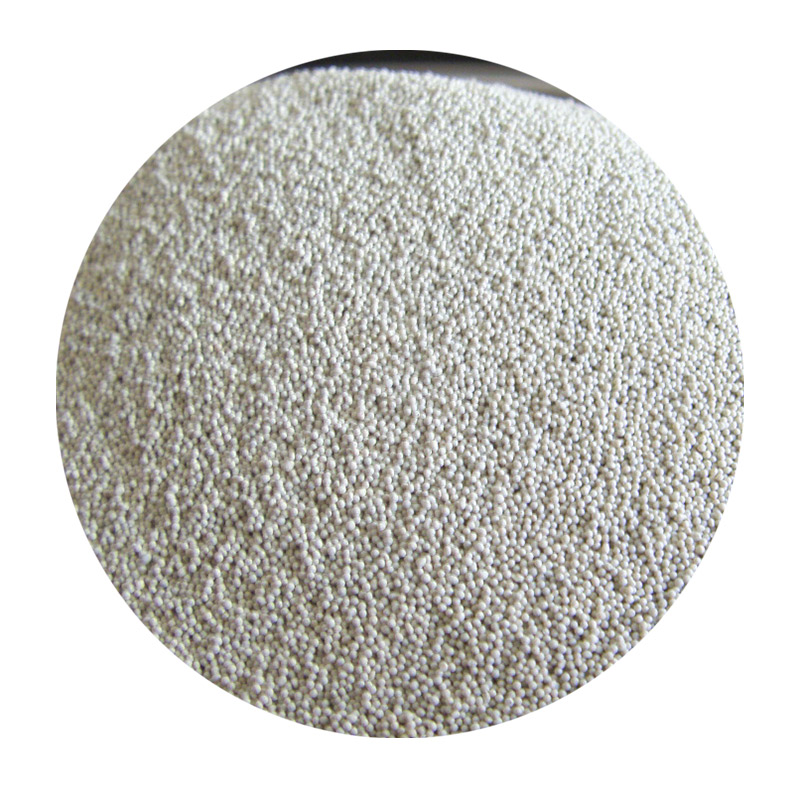Coated Sand Casting An Overview
Coated sand casting is an advanced technique used in the manufacturing industry to produce metal parts with high precision and improved surface finish. This method combines traditional sand casting with a coating process that enhances the properties of the sand, allowing for the creation of more complex shapes and finer details in cast metal components. As industries increasingly demand higher quality and more intricate designs in metal parts, coated sand casting has emerged as a popular choice among manufacturers.
The Basics of Sand Casting
Before delving into coated sand casting, it is essential to understand the fundamentals of sand casting. Traditional sand casting involves the creation of a mold using sand, usually mixed with a bonding agent such as clay. A pattern of the desired part is placed in the sand, which is then compacted around it. Once the mold is formed and the pattern is removed, molten metal is poured into the cavity to create the final product after solidification.
Sand casting offers several advantages, including the ability to produce large components, relatively low tooling costs, and versatility in materials. However, it is often limited by surface roughness and dimensional accuracy, which can be a concern in applications requiring tight tolerances.
What is Coated Sand?
Coated sand casting addresses these limitations by using specially treated sand. In this process, the sand grains are coated with a thin layer of a binding or hardening material, which may include resins or other chemical agents. This coating creates a more robust and cohesive mold that can withstand the heat of molten metal better than traditional uncoated sand.
The key benefit of coated sand is its ability to produce molds with a smoother surface finish and increased dimensional accuracy. The coated sand molds fill better and reduce the occurrence of defects caused by gas porosity, which can often plague traditional sand casting methods. Additionally, the coated sand provides better insulation, minimizing heat loss during the casting process, which promotes more even solidification of the metal.
Advantages of Coated Sand Casting
coated sand casting

1. Improved Surface Finish One of the most significant benefits of coated sand casting is the enhancement in surface quality. The coating helps reduce the graininess of the mold, resulting in a smoother finish on the cast part. This is critical in industries where aesthetic appearance matters or where additional machining operations are limited.
2. Enhanced Dimensional Accuracy Coated sand molds maintain their shape better under thermal stress, leading to higher dimensional accuracy in final parts. This is particularly important in applications such as automotive components or aerospace parts, where tight tolerances can significantly impact performance and safety.
3. Reduction in Defects The meticulous preparation of coated sand minimizes the risk of inclusions and other defects. Improved strength and stability of the mold also lead to fewer casting failures, reducing waste and production costs.
4. Versatility Coated sand casting is adaptable for various metals, including aluminum, iron, and steel. It can handle both high-volume production runs and low-volume specialty parts, making it a flexible choice for manufacturers.
Applications of Coated Sand Casting
Coated sand casting finds a home in various industries, from automotive to aerospace, as well as in manufacturing tools and machinery. Common applications include engine blocks, gear housings, and intricate components that require high reliability.
Industries that demand high performance and intricate designs benefit greatly from coated sand casting due to its ability to produce complex geometries without sacrificing quality. The automotive sector, for instance, employs this method to create lightweight yet robust components that adhere to strict regulatory standards.
Conclusion
In conclusion, coated sand casting represents a significant advancement in manufacturing technology. By addressing the limitations of traditional sand casting methods, it provides enhanced surface finishes, improved dimensional accuracy, and reduced defects. As industries continue to evolve and demand higher quality components, coated sand casting stands out as a reliable and effective solution for producing intricate metal parts, driving innovation across various sectors.
Post time:Spa . 12, 2024 01:14
Next:Hydro Super Sand for Enhanced Water Filtration and Environmental Sustainability
